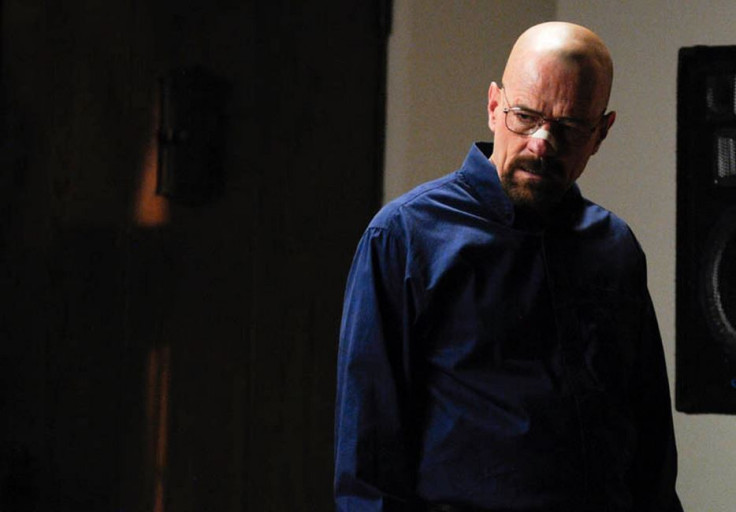Meet 2014’s Most-Pirated TV, Music And Movies, A Haul Worth More Than $800 Billion

Streaming sites like Spotify and Netflix may be bending piracy downward in some parts of the world, but people are still consuming pirated content on a massive scale. More than $800 billion worth of content changed hands illegally via peer-to-peer (also known as “P2P”) networks in 2014, according to a research report released by Tru Optik detailing the most pirated TV, music, movies and software.
Brazil was the biggest offender; nearly $100 billion worth of content passed between users there. The United States was third-worst, with more than $64 billion worth of media downloaded last year. Other top countries include India, Italy, Greece, China, India, Turkey, Pakistan and the Philippines.
Tru Optik counted only English-language media, meaning it did not track things like Bollywood movies or Chinese pop music, which are also pirated on a large scale in their home countries; including piracy activity for that kind of content might have pushed the top number even higher, though Swanston added that the amount of content pirated did not equate to money lost by the film, television, music and software industries. “It's also unrealistic to say that's the amount of money these media companies would have made,” Tru Optik CEO Andre Swanston said.
'Game of Thrones'
According to the report, “Captain America 2: The Winter Soldier” was the most-downloaded film, with more than 85 million downloads; “Game of Thrones” was the most-downloaded TV show, with more than 204 million downloads; Minecraft (106 million downloads) was the world’s most-pirated game,; Taylor Swift’s “Bad Blood” (20 million downloads) was the most popular song; and Microsoft’s Windows 8.1 was the most downloaded piece of software, with nearly 119 million copies downloaded worldwide.
Nearly two decades after the launch of Napster, content creating companies have mostly given up on the idea that they can squash piracy. Though each keeps up its own fight against the practice, many companies have instead begun examining piracy in hopes of drawing out patterns or insights.
“I think the biggest misnomer is that people who pirate content are not consumers,” Swanston said. “They're not two separate, non-overlapping groups.” Indeed, Swanston said that today, most companies check how often their content is torrented relative to the competition. “A lot of companies, when they see their downloads are lower than competitors, they want to know why,” he said.
Pirate or Consumer?
Many companies have learned to embrace piracy as source of market research. Netflix has openly admitted that piracy activity informs its licensing and programming strategy, and companies like HBO and others want know piracy enables consumers in foreign markets to develop a taste for their content. That, in turn, spurs subscriptions and signups when their content ultimately becomes available legally.
In years past, HBO has responded magnanimously to the fact that its original series “Game of Thrones” ranks among the most popular content on file-sharing hubs like The Pirate Bay. “It’s better than an Emmy,” Time Warner CEO Jeff Bewkes once said during a conference call with investment analysts. “Game of Thrones” may have been downloaded 204 million times worldwide in 2014, but HBO also added three million paying subscribers, the highest single-year total the company’s seen in 30 years.
Looking For Patterns
Being able to drill more deeply into the insights offered by piracy activity, Swanston said, will give publishers and advertising agencies an advantage as more and more companies begin rolling out over-the-top alternatives to expensive cable packages, just as Sling TV did earlier this year.
Channels ranging from HBO to Nickelodeon have all announced that they will be releasing OTT offerings later this year, each aimed at very specific consumer segments. Using piracy not just to identify the right kinds of content for those packages, but to target advertisers to the right audience segments, will be crucial in deciding who comes out on top.
“I think it's still in its infancy in terms of companies and brands figuring out how to use it,” Swanston said.
© Copyright IBTimes 2024. All rights reserved.











